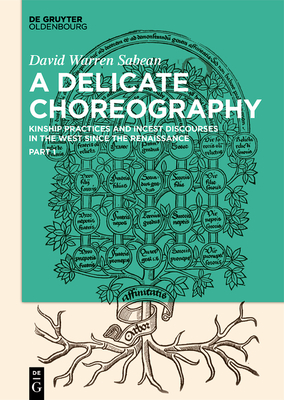The origins of the incest taboo have puzzled many of the most influential minds of the West, from Plutarch to St. Augustine, St. Thomas Aquinas, Martin Luther, David Hume, Lewis Henry Morgan, Sigmund Freud, Emile Durkheim, Edward Westermarck, and Claude Lévi-Strauss. This book puts the discussion of incest on a new foundation. It is the first attempt to thoroughly examine the rich literature, from philosophical, theological, and legal treatises to psychological and biological-genetic studies, to a wide variety of popular cultural media over a long period of time. The book offers a detailed examination of discursive and figurative representations of incest during five selected periods, from 1600 to the present. The incest discussion for each period is complemented with a presentation of dominant kinship structures and changes, without arguing for causal relations. Part I deals with the legacy of ecclesiastical marriage prohibitions of the Middle Ages: Historians dealing with the Reformation have wondered about the political and social implications of theological debates about the incest rules, the Enlightenment opted for sociological considerations of the household and a new anthropology based on the passions, Baroque discourse focused upon sexual relations among kin by marriage, while Enlightenment and Romantic discussions worried the intimacy of siblings. The first section of Part II deals with the six decades around 1900, during which European and American cultures obsessed about the sexuality of women. Almost everyone concurred in the idea that mother made the family what it was; that she configured the household, kept the lines of kinship vibrant, and stood at the threshold as stern gatekeeper, and many thought that she managed these tasks through her sexuality and an eroticized relationship with sons. Another story line, taken up in the section "Intermezzo," this one about the physical and mental consequences of inbreeding, appeared after 1850. To what extent do close-kin marriages pose risks for progeny? At its center, lay the incest problematic, now restated: Is avoidance of kin genetically programmed? Do all cultures know about risks of consanguinity? As for the twenty-first century, evolutionary and genetic assumptions are challenged by a living world population containing roughly one billion offspring of cousin marriages. Part III deals with one of the perhaps most remarkable reconfigurations of Western kinship in the aftermath of World War I: Th










